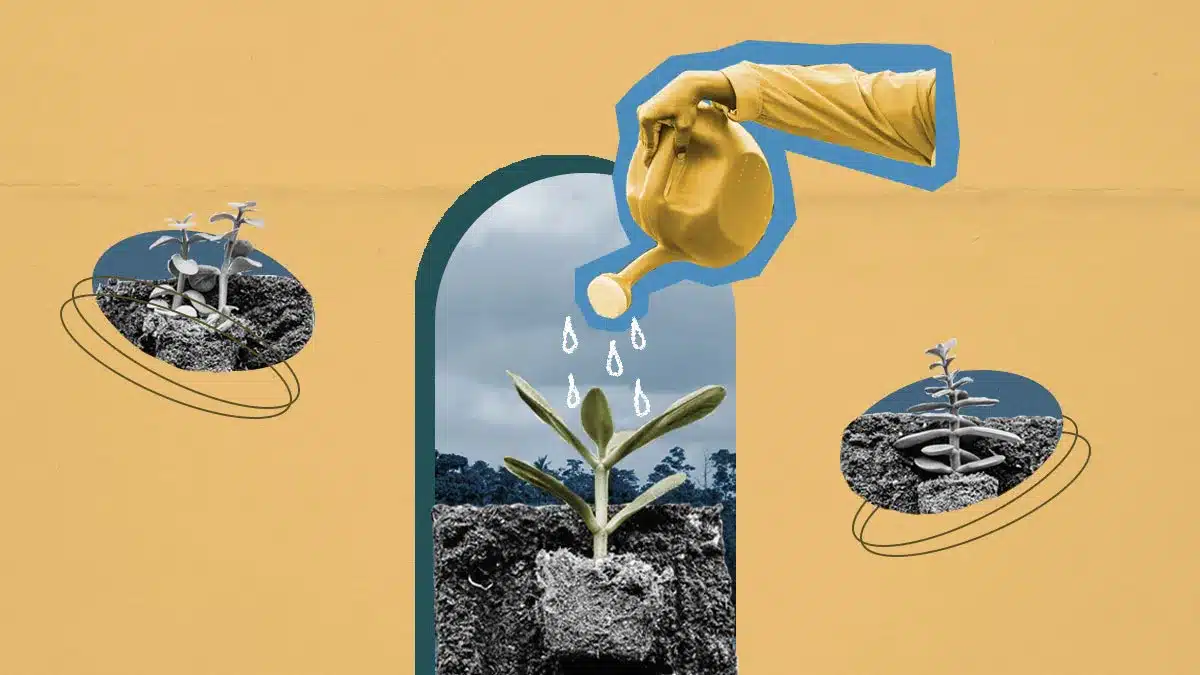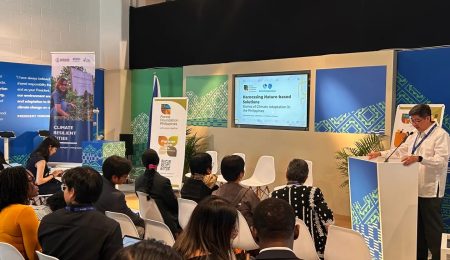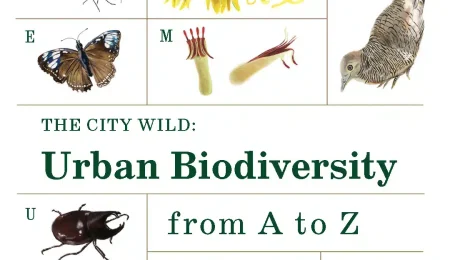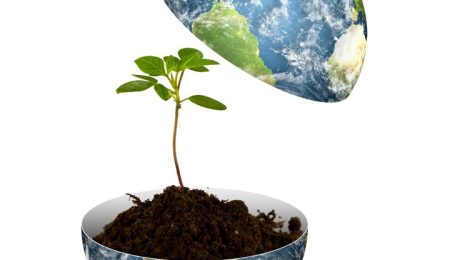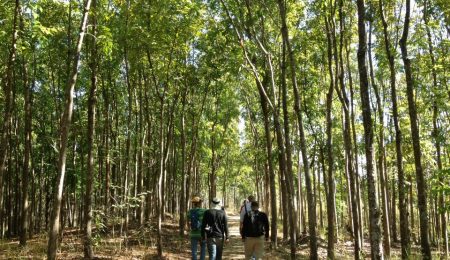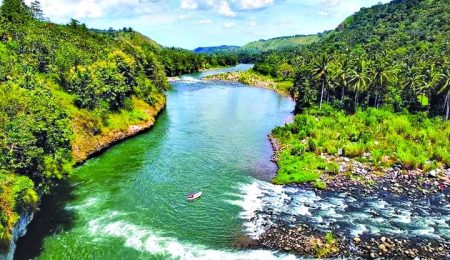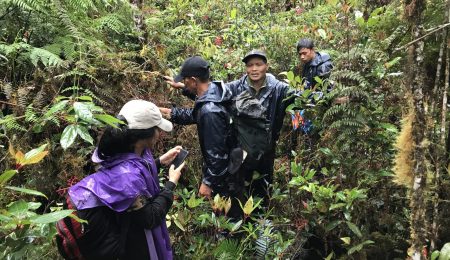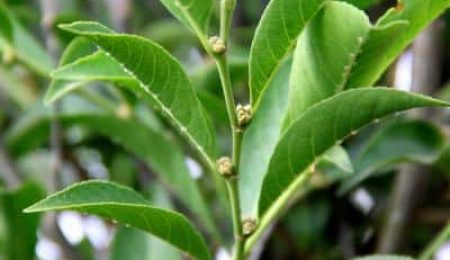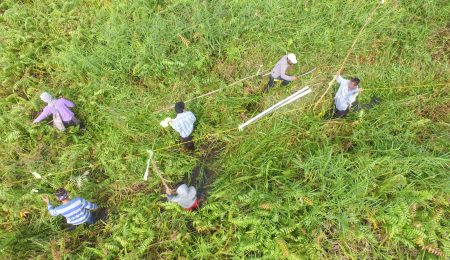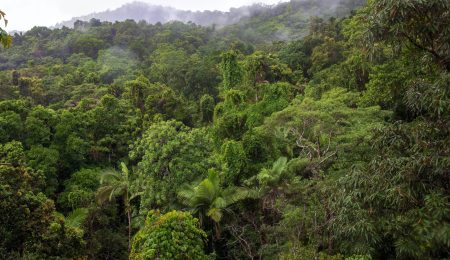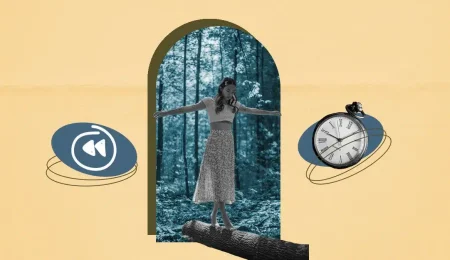BFF Clarisse Carcosa, BS Environmental Science, University of Science and Technology Southern Philippines
Have you ever tried observing your surroundings? If you already tried and saw a particular tree, will you be able to identify the uniqueness in it? Can we recognize these certain trees as native to our community or just one of those invasive alien species? I am sure you have the same dilemma as others because of the main reason that we tend to take our native flora for granted.
Photo Source: Clarissa Carcosa
If we are not one of those tree experts and see a particular tree, most of us would think that a tree is just a tree, and the only difference will be whether it is fruit-bearing or not. But the truth about these native trees is they possess unique characteristics and interactions with their local environment.
As I began my journey as a college student, I was determined to be one of the stewards of God’s creation. One of my ways to take part in this role is through joining tree planting activities whenever possible. I am one of those people who wanted to take part in saving our remaining forests. Before the pandemic, I was able to join two tree planting activities. What I did was go to the site, get the saplings, plant the smaller trees on the ground, and then take pictures. I was so proud of myself that I was able to plant trees.
But now, remembering those times, I felt ashamed rather than proud. Why so? Because of the lack of awareness about the relevance of planting a tree. I did not know if the fault was mine because I forgot to seek information, or the organizers’ because they failed to introduce the tree species we are planting. Now that I am aware of the importance of our native trees, my conscience was bugging me if those trees that I had planted were native or not. If it is one of those invasive trees, then I am one of those guilty ones who carelessly introduced an invasive tree that causes harm to our ecosystem. Lack of awareness on the advantages of planting native trees over the invasive species is an issue that is why the use of invasive alien species of trees is rampant during tree planting activities.
Deforestation is one of the detrimental environmental problems that exist in the province of Bukidnon and Misamis Oriental. Hence, due to rapid development, humans prioritized the economy more than the environment. Reforestation is one of the initiatives we are implementing to solve this particular problem. However, our goal to reforest certain areas that are denuded shall be planned well enough and reconsider the species that are appropriate to be planted in a particular place. Sometimes, selecting the wrong species of trees to be planted and not native in the vicinity is a poor choice. As assumed by many, the environment is not a priority for most people. In consequence, little care is given to whether invasive species will bring damage to the environment which can lead to an ecological and socio-cultural disaster.
We should always bear in mind that every species belongs somewhere. When introducing a new species of trees to an area, the balance is disturbed. These species might hold a threat to the native species in that particular habitat. The effects can be multiple, affecting the local ecosystem, humankind, and even the economy.
Tree planting has become one of the popular initiatives as the best solution against deforestation. It is a simple yet appealing response that everyone can do because anyone can participate and plant a tree to help restore our forests. It is one good action anyone can make. However, we usually focus more on the number of new trees that end up on the ground rather than planting the exact trees and caring for them after planting to ensure their survival. Let us change the usual “plant and go”, and shift into “plant and guard” to ensure the proper growth of these new trees. Extending our resources into managing and monitoring these newly planted native trees is a way to ensure successful reforestation.
The proliferation of these invasive alien species is due to our ignorance. It is relevant to orient people about these exotic species and their impact on the environment. Giving more emphasis to planting native trees is a must. Showing people their importance in providing ecosystem services, socio-economic and cultural value, and being adaptable and resilient to climate variability and natural disasters would encourage them to plant more native trees. Reforesting our focal landscape can be easily achieved in collaboration with the local government, general public, academes, and private organizations. With proper implementation of such activity and the promulgation of information for better awareness, reforestation using native trees can be guaranteed. Native trees will eventually be preserved most especially those species that are at risk of extinction due to deforestation.
—
Forest Foundation Philippines, in partnership with Edukasyon.ph, its grantee, implemented the Best Friends of the Forest Movement (#BFFMovement) Online Fellowship Program to support young forest advocates in the country’s most critical forest landscapes – Sierra Madre, Palawan, Samar and Leyte, and Bukidnon and Misamis Oriental. Through the program, students were given access to learning resources, mentorship opportunities, and platforms to showcase their passion projects. This published material is a passion project of our Best Friend of the Forest. The views and opinions expressed in this material are those of our Best Friend, and do not necessarily reflect the views and opinions of Forest Foundation Philippines and Edukasyon.ph. Furthermore, both Forest Foundation Philippines and Edukasyon.ph assume no liability or responsibility for any inaccurate or incomplete information presented in this material.

